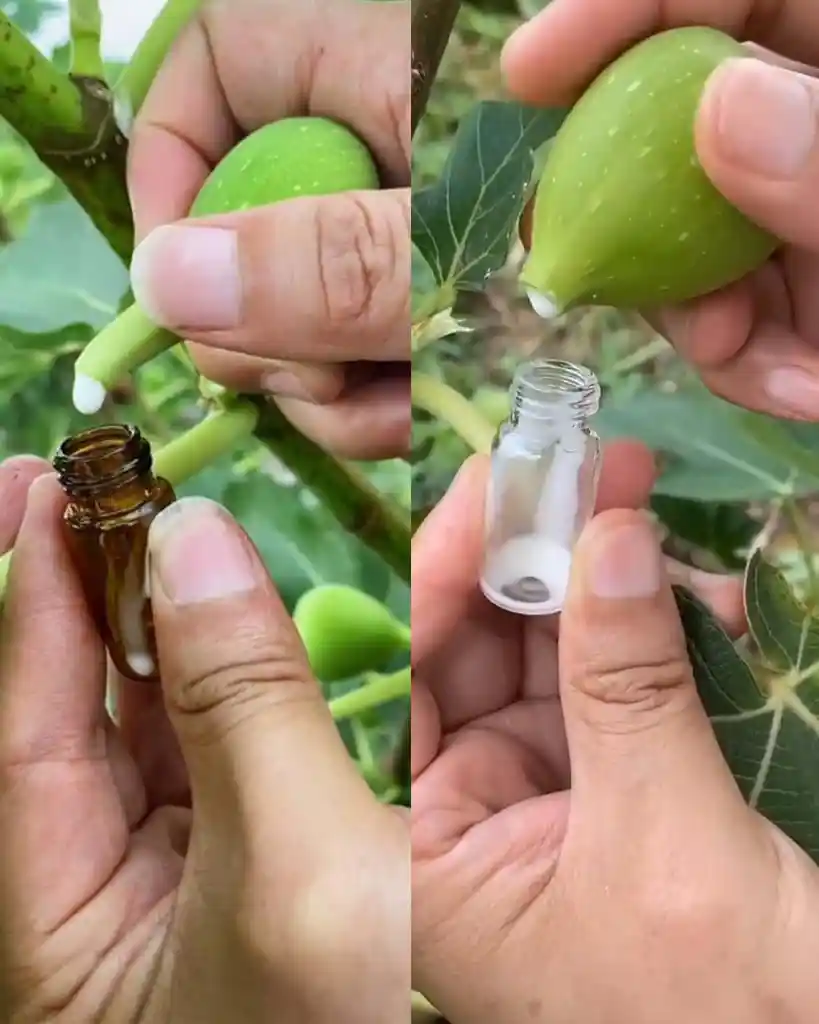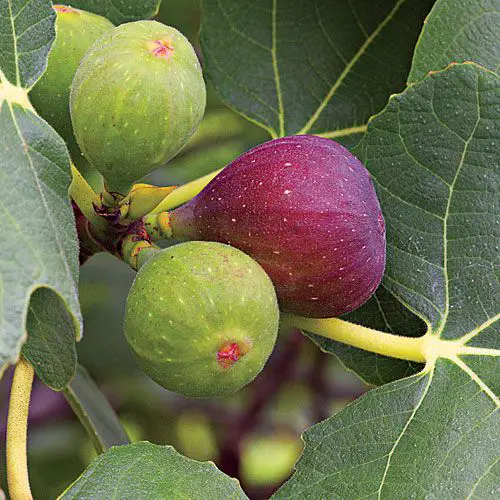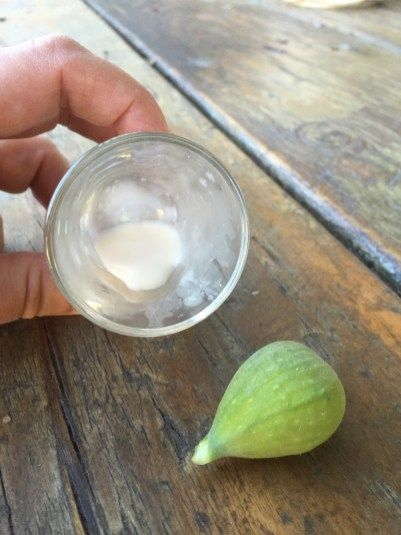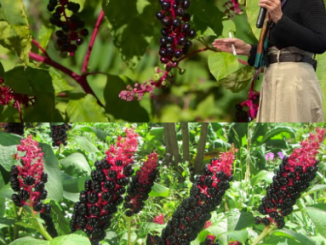Fig trees are more than just a source of delicious fruit; they also offer a remarkable natural resource—fig sap. Often referred to as fig “milk” due to its milky consistency, this sap has been valued for generations for its wide range of applications, from traditional remedies to gardening hacks.
Why Fig Sap is So Special

Fig sap is a unique substance that contains natural latex, giving it its distinct texture and utility. While its sticky nature may seem like an inconvenience, this very quality makes it valuable for various purposes, including medicinal treatments, culinary experiments, and even pest control.
However, it’s essential to handle fig sap responsibly, as it can irritate sensitive skin or eyes. With the right precautions, you can harness its potential and integrate it into your sustainable living practices.
Preparation: What You Need to Know Before Collecting Fig Sap
Before you start collecting fig sap, there are a few things to keep in mind to ensure safety—for both you and the tree:
- Safety First: Fig sap contains latex, which can irritate skin and eyes. Always wear gloves and protective eyewear while handling it.
- Seasonal Timing: Late spring to early autumn is the ideal time to collect sap, as fig trees are most active during this period.
- Tree Health: Only collect sap from healthy, mature trees to avoid causing undue stress to younger or weaker specimens.
Tools and Materials You’ll Need
Before you begin, gather the following tools to ensure a smooth collection process:
- Gardening gloves
- Protective eyewear
- A sharp knife or small, clean cutting tool
- A collection container (such as a glass jar or plastic bowl)
- Natural tree sealant or mud for sealing cuts
Step-by-Step Guide to Collecting Fig Sap
Ready to start collecting? Follow these simple steps to ensure a safe and effective process:
- Prepare Your Tools
Ensure all tools are clean and sharp. A clean cut is less harmful to the tree and minimizes the risk of infections. - Choose the Right Spot
Select a spot on the trunk or branch where you can make a small incision. Avoid areas that appear damaged, diseased, or weakened. - Make a Small Incision
Using your sharp knife or cutting tool, carefully make a shallow cut into the bark. The incision should only be a few inches long to minimize harm to the tree. - Collect the Sap
Position your container beneath the incision to catch the dripping sap. Depending on the flow, you may need to leave it for several hours to gather an adequate amount. - Seal the Cut
Once you’ve collected enough sap, seal the cut with natural tree sealant or smooth mud to protect the tree from infections and pests.
Practical Uses for Fig Sap

Now that you have your fig sap, let’s explore some of its most popular applications.
1. Natural Remedy for Skin Conditions
Diluted fig sap has been used in traditional medicine to treat skin irritations, such as warts and rashes. Simply apply a small amount of diluted sap to the affected area, but always perform a patch test first to ensure there’s no allergic reaction.
2. Culinary Adventures
Believe it or not, fig sap can be processed and used as a coagulant in making dairy-free cheeses. It’s an excellent option for vegans and anyone seeking plant-based alternatives.
3. Gardening Aid
Fig sap serves as a natural pest deterrent. Apply a thin layer of sap to affected plants to ward off insects, making it a sustainable option for gardeners looking to avoid chemical pesticides.
4. Adhesive Properties
Thanks to its sticky latex content, fig sap can also function as a natural adhesive for minor household projects.
Tips for Safe Handling and Use

- Always dilute fig sap before applying it to your skin or plants, as its concentrated form can be too harsh.
- Perform a patch test before using sap on your skin to rule out allergies.
- Store collected sap in a sealed container in a cool, dry place to preserve its properties.
Why Sustainability Matters
Using fig sap aligns with eco-friendly living by reducing reliance on synthetic products. Whether you’re crafting homemade remedies or enhancing your garden’s health, you’re actively contributing to a more sustainable lifestyle by utilizing natural resources wisely.
Caring for Your Fig Tree
When collecting fig sap, remember that the health of the tree should always be a priority. Avoid over-harvesting from the same spot and ensure cuts are minimal to prevent stress. A well-cared-for fig tree can continue to provide fruit and sap for years to come.
Conclusion
Harnessing the power of fig sap is a rewarding practice that connects you with nature while offering a myriad of benefits. From its medicinal and culinary uses to its role as a natural pest deterrent, fig sap proves that sustainable living is not only practical but deeply satisfying.
By following this guide, you can safely and effectively collect and utilize fig sap, making it a valuable addition to your eco-friendly lifestyle. So, next time you see a fig tree, consider the untapped potential hidden within its milky sap—it’s a natural treasure waiting to be explored.


